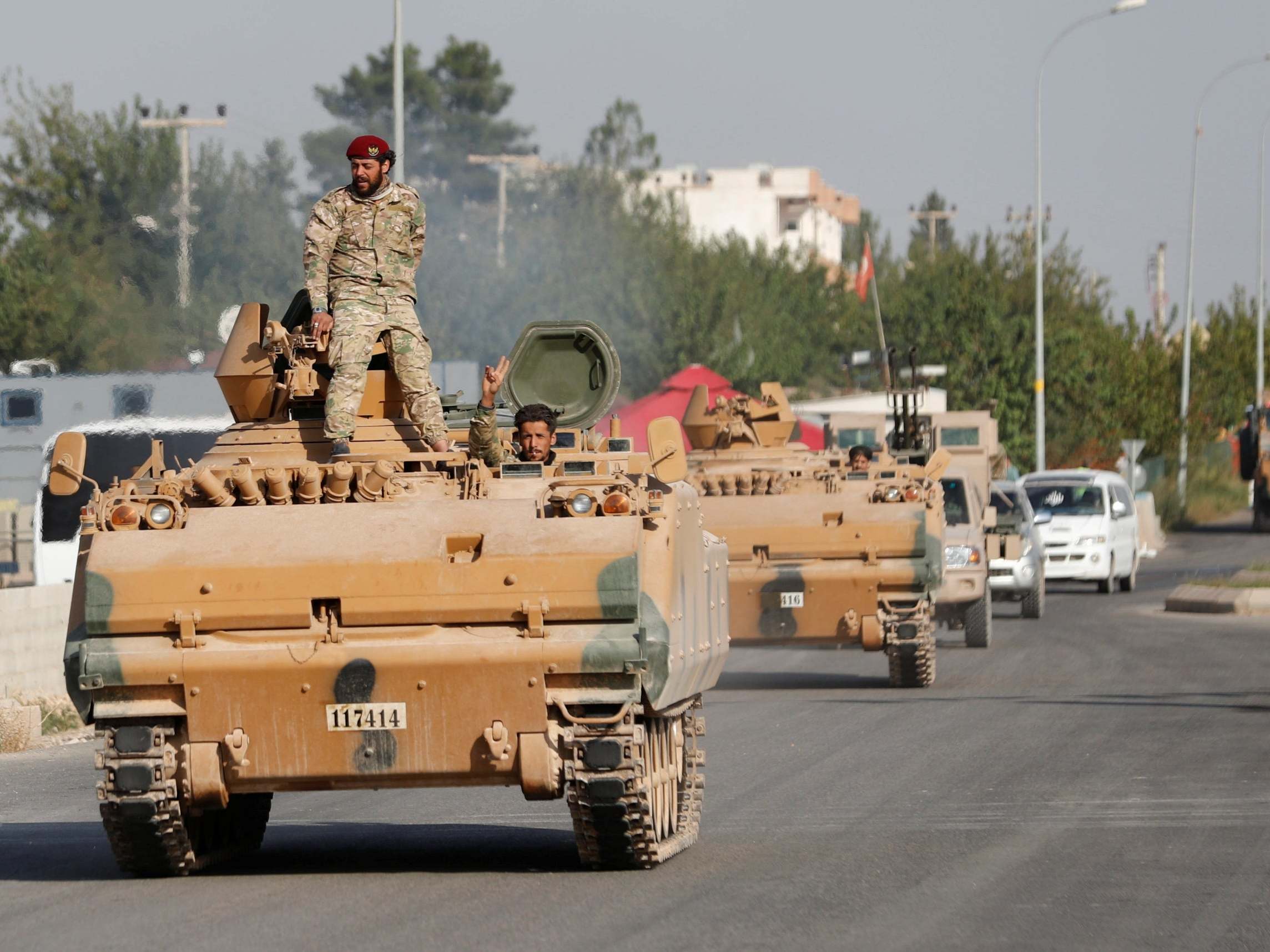A number of attacks on Turkish patrols in northern Syria have brought Turkey and YPG forces to the brink of war. In response to the latest attack, which saw the death of one Turkish soldier, President Erdogan vowed to clear northern Syria from the YPG. [1] In order to achieve this, YPG (Yekîneyên Parastina Gel – People’s Protection Units, itself the primary faction in the Syrian Democratic Forces alliance) forces would either have to leave the border region voluntarily or take up arms and fight the Free Syrian Army and Turkish military. In the latter case, the YPG’s armour is undoubtedly set to play a role as the faction’s primary fire-support platforms. This article attempts to catalogue the YPG’s fleet of AFVs and other heavy weaponry and explain how its armoured force came to be.
The Syrian Kurdish forces in control of areas bordering Turkey in the north and east of Syria were the original proponents of a safe zone in the border regions and have welcomed negotiations on the issue, Mazloum Kobani, the commander of the Syrian Democratic Forces (SDF), told the SDF-linked Hawar News Agency.
Footage showing members of Turkey’s mercenary “national army” executing Kurdish captives as they led the Turkish invasion of northern Syria touched off a national outrage, provoking US government officials, pundits and major politicians to rage against their brutality.
In the Washington Post, a US official condemned the militias as a “crazy and unreliable.” Another official called them “thugs and bandits and pirates that should be wiped off the face of the earth.” Meanwhile, former Secretary of State Hillary Clinton described the scene as a “sickening horror,” blaming President Donald Trump exclusively for the atrocities.
Refugees accuse soldiers of ethnic cleansing as some 200,000 displaced



